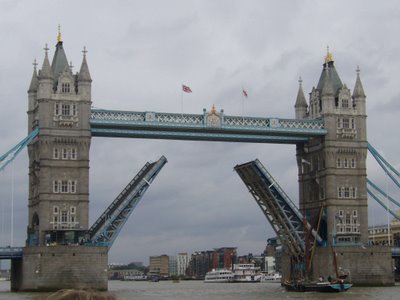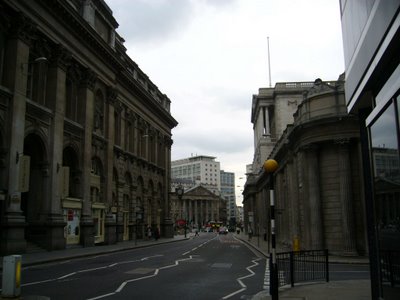Ever since I watched "Twister", I have become interested in going on a storm chasing tour, with seeing a tornado as a primary objective.
From Wikipedia:
Most tornadoes follow a recognizable life cycle. The cycle begins when a strong thunderstorm develops a rotating mesocyclone a few miles up in the atmosphere, becoming a supercell. As rainfall in the storm increases, it drags with it an area of quickly descending air known as the rear flank downdraft (RFD). This downdraft accelerates as it approaches the ground, and drags the rotating mesocyclone towards the ground with it.
As the mesocyclone approaches the ground, a visible condensation funnel appears to descend from the base of the storm, often from a rotating wall cloud. As the funnel decends, the RFD also reaches the ground, creating a gust front that can cause damage a good distance from the tornado. Usually, the funnel cloud begins causing damage on the ground (becoming a tornado) within minutes of the RFD reaching the ground.
Initially, the tornado has a good source of warm, moist inflow to power it, so it grows until it reaches the mature stage. During its mature stage, which can last anywhere from a few minutes to more than an hour, a tornado often causes the most damage, and can in rare instances be more than one mile across.
Ok, ok. I also like to see and touch snow at some point in my life but everytime I watch Discovery Channel, I can't help but look up info on the internet.
Tonight, I did a Google search and came across two sites which I first viewed a few years ago. Still up and running and still running after their lives when they are close to the action.
http://www.stormchasing.comhttp://www.tempesttours.com/index.htmlFor approximately US$ 2,500 (S$ 4,000), one can go on a
six-day tour to catch supercell-type thunderstorms capable of producing severe weather, including tornadoes. The tours originate from Oklahoma and Colorado during the months of May, June, and July. This year, 6 tornadoes have caused damage along the Tornado Alley.
The
Fujita scale is the official classification scale for tornado damage (note: it's the impact, not the size that matters).
The scale ranges from
F0 (Gale tornado -- 40-72 mph; Some damage to chimneys; breaks branches off trees; pushes over shallow-rooted trees; damages sign boards) to
F6 (Inconceivable -- 319-379 mph; cannot be identified thru engineering studies). Because F6's are rare, I guess it is better to place the max at F5 (Incredible tornado -- 261-318 mph; Strong frame houses lifted off foundation, automobile size missiles fly through the air in excess of 100 meters). Scary.
I'm giving myself 10 years to prepare for an encounter with nature's dark side. Need to practice smiling in front of the digicam in stressful situations.
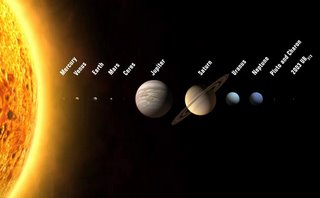

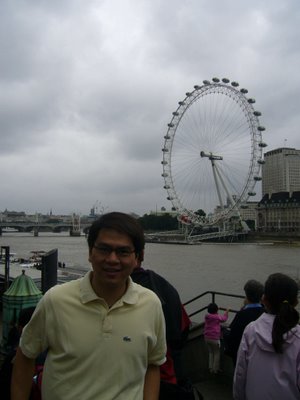
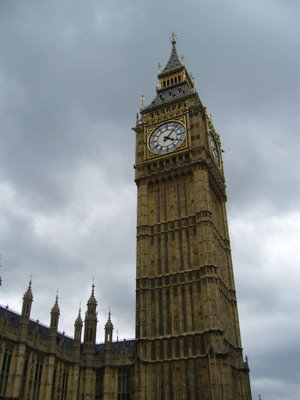 The Big Ben and the House of Parliament. Lots of debates happen here. Which came first - the chicken or the egg?
The Big Ben and the House of Parliament. Lots of debates happen here. Which came first - the chicken or the egg?